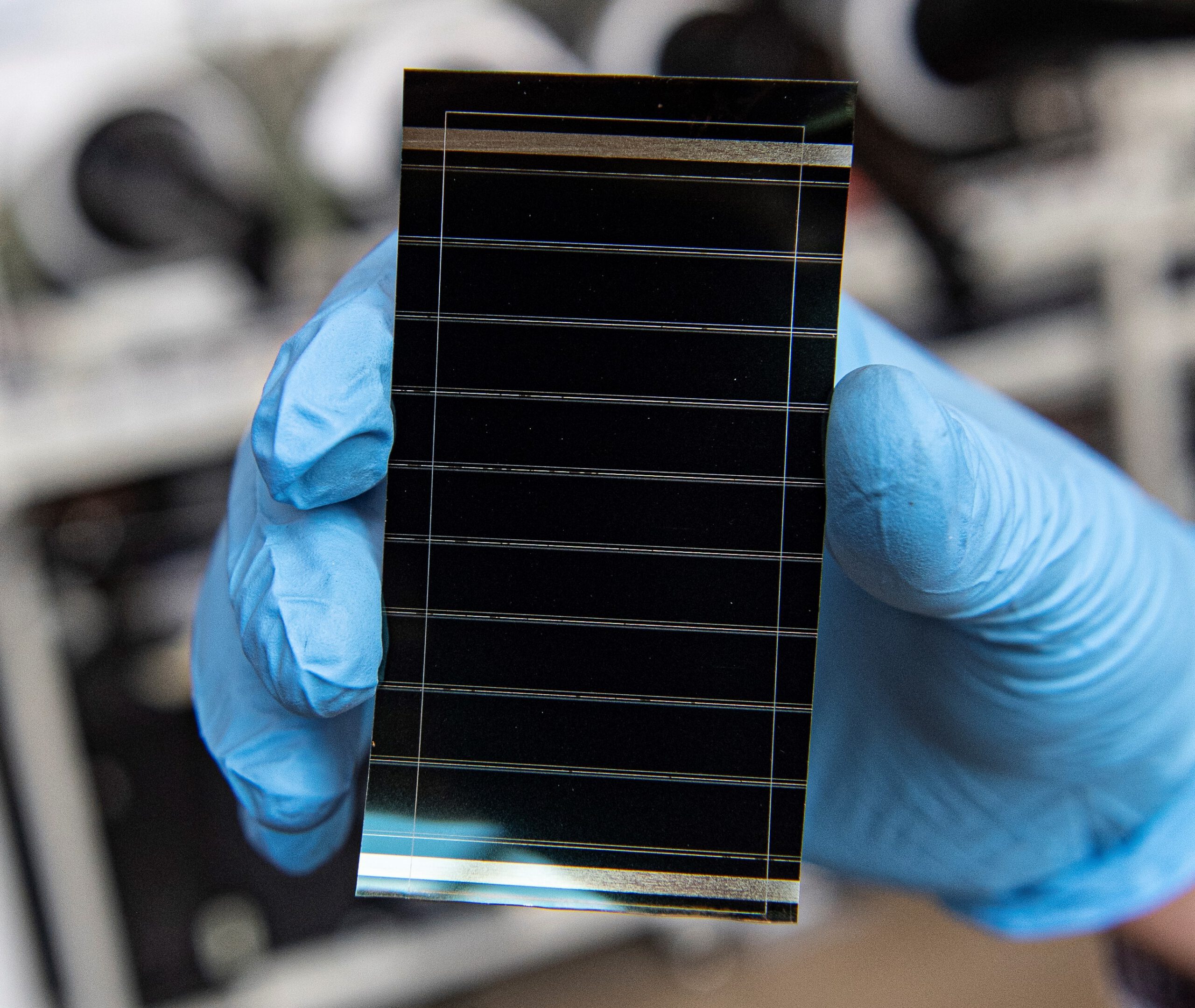- 11 Historic Wildfires That Changed Fire Management Data Reveals - October 4, 2025
- The 1883 Krakatoa Event And Its Global Weather Effects Records Show - October 2, 2025
- How Scientists Use Climate Models To Forecast The Future - October 2, 2025
The sun, a constant source of energy, has been shining for billions of years, and humanity has only recently begun to harness its true potential. Solar power, once an expensive and niche energy option, is now becoming more affordable and accessible than ever. With groundbreaking advancements in technology and policy, solar energy is on the verge of a revolution. This article explores the top eight breakthroughs that are making solar power cheaper and more viable for everyone.
High-Efficiency Solar Panels
Solar panels have come a long way since their inception. Recent advancements in photovoltaic (PV) cell technology, such as perovskite and tandem solar cells, are pushing the boundaries of energy conversion efficiency. These innovations allow solar panels to convert more sunlight into electricity, making them more cost-effective. Imagine a sponge that absorbs more water; similarly, these high-efficiency panels capture more sunlight. This means more energy from the same amount of sunlight, reducing the overall cost of solar energy. As research continues, we can expect even more efficient solar panels on the horizon, making solar a more attractive option for both residential and commercial users.
Improved Energy Storage Solutions

One of the biggest challenges with solar power has been the storage of excess energy. However, recent advancements in battery technology, such as lithium-iron phosphate (LFP) and solid-state batteries, are changing the game. These batteries are not only cheaper but also more efficient, allowing for better storage of solar energy. Think of these batteries as a savings account for energy – you can store excess energy and use it when needed. This makes solar power a more reliable and affordable option, especially during cloudy days or at night. With continued improvements in energy storage solutions, the dependence on traditional energy sources will further diminish.
Mass Production and Economies of Scale
As global demand for solar power continues to rise, manufacturers are ramping up production to meet this demand. This large-scale production is significantly lowering costs due to improved supply chains and economies of scale. It’s like buying in bulk at a supermarket; the more you buy, the cheaper it gets per unit. This principle applies to solar panels as well. With lower production costs, solar power becomes more affordable for consumers, encouraging widespread adoption. As more people and businesses embrace solar energy, we can expect prices to continue to drop, making it an even more competitive energy source.
Bifacial Solar Panels
Bifacial solar panels are an exciting development in the solar industry. Unlike traditional panels that only absorb sunlight from one side, bifacial panels capture sunlight from both sides, doubling their energy output. This innovative design doesn’t require additional space, making it a cost-effective solution for large-scale solar farms. Imagine a two-sided mirror reflecting sunlight; similarly, these panels make the most of available sunlight. By increasing energy output without increasing costs, bifacial solar panels are paving the way for more efficient solar power systems. As they become more widely adopted, they will play a crucial role in reducing the overall cost of solar energy.
Thin-Film Solar Technology
Thin-film solar technology offers a lightweight and flexible alternative to traditional silicon-based panels. These panels are cheaper to produce and install, providing a cost-effective solution for various applications. Think of thin-film panels as the lightweight, portable version of traditional panels. They can be easily integrated into different surfaces, such as rooftops and windows, making them versatile and practical. With their lower production and installation costs, thin-film solar technology is making solar power more accessible to a broader audience. As the technology advances, we can expect even more innovative applications for these panels.
Advanced Solar Tracking Systems
To maximize sunlight capture, new solar tracking technologies are being developed. These systems adjust panel angles throughout the day to follow the sun’s path, similar to how sunflowers turn to face the sun. By optimizing the angle of the panels, these tracking systems boost energy output and reduce overall costs. It’s like having a personal assistant for your solar panels, ensuring they are always in the best position to capture sunlight. With increased energy efficiency, solar tracking systems are becoming an essential component of modern solar power systems, further driving down costs and increasing the appeal of solar energy.
Cheaper and More Sustainable Materials

The cost of solar panels is also being reduced through innovations in solar manufacturing. Expensive materials like silicon are being replaced with affordable alternatives such as perovskite. These new materials not only lower costs but also offer improved performance. It’s akin to finding a cheaper, more efficient ingredient in a recipe that doesn’t compromise taste. By driving down material costs, solar panels become more affordable for consumers, encouraging more widespread adoption. As research and development continue, we can anticipate even more sustainable and cost-effective materials entering the market.
Government Incentives and Policy Support
Government incentives and policy support play a crucial role in making solar power more accessible and affordable. Worldwide, tax credits, subsidies, and favorable regulations are encouraging individuals and businesses to invest in solar installations. It’s like getting a discount on a big purchase, making it more appealing to buyers. These incentives not only reduce the initial cost of solar installations but also provide long-term savings through reduced energy bills. As more governments prioritize renewable energy, solar power will continue to become a more attractive and viable option for everyone.
By embracing these technological advancements and policy support, solar power is becoming increasingly affordable and accessible. As we move towards a more sustainable future, these breakthroughs will play a vital role in reshaping the global energy landscape.

